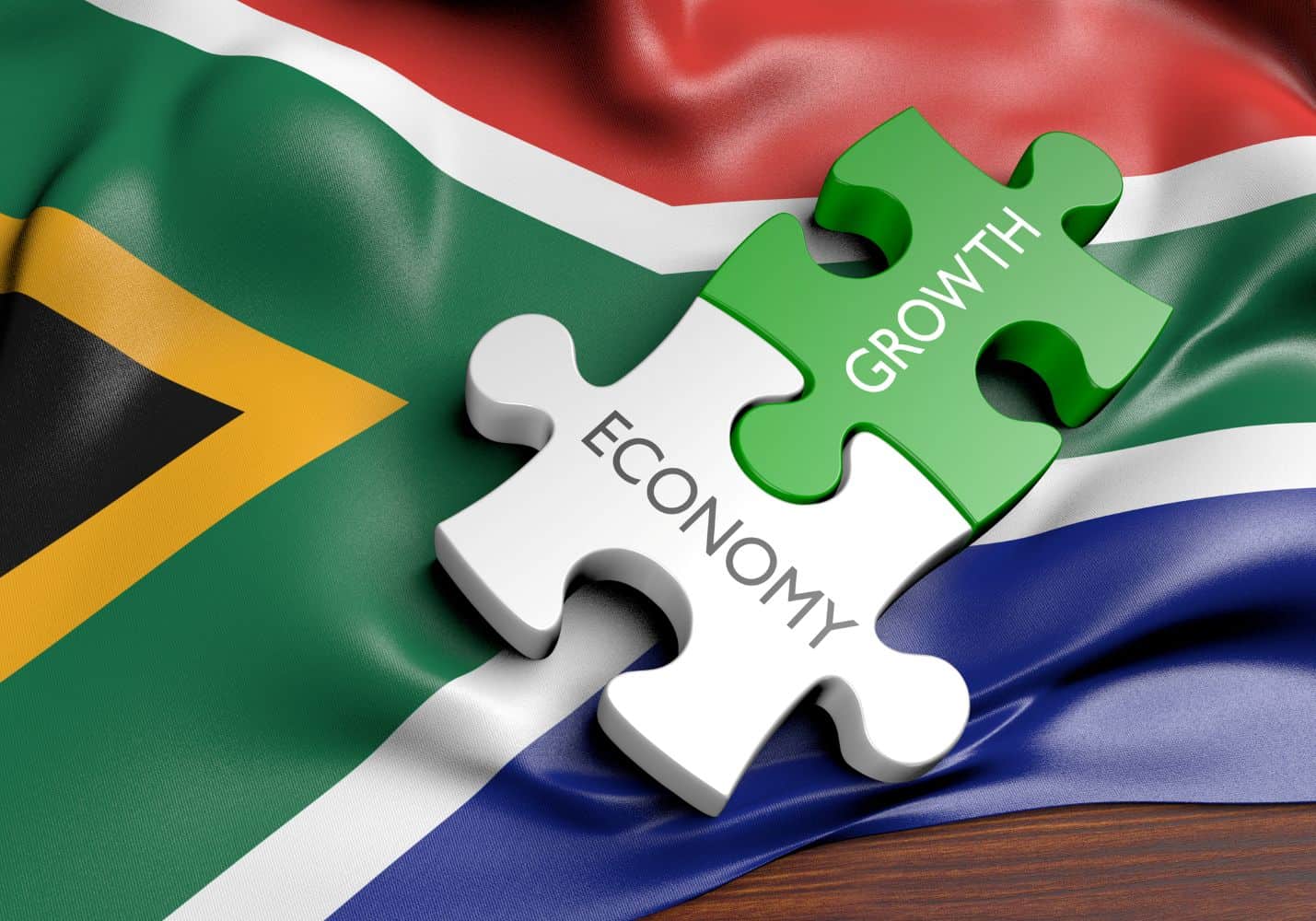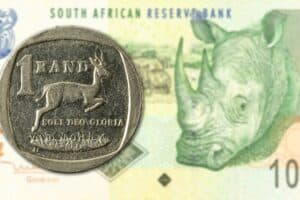The forecast of the top 40 economists in the country is not very good, but then also not that bad either.

The country’s top 40 economists forecast that the economic growth outlook for the globe, as well as South Africa, is steady but remains subdued due to various domestic and global economic risks.
These economists, who are finalists in the Economist of the Year Competition hosted by the Bureau of Market Research (BMR), South Africa’s 2025 economic growth forecast remains at a modest 1.0%, unchanged from June due to global geopolitical uncertainty, local structural constraints and easing inflationary pressures.
This is their July 2025 median consensus for some of South Africa’s key economic indicators:
Real GDP growth for 2025
According to the economists, there was a gradual decline in gross domestic product (GDP) from February to July, reflecting weaker domestic growth sentiment.
Their average real annual GDP growth rate forecast stands at 1.0%, steady from June but notably down 0.5 percentage points from February’s 1.5% forecast. This reflects a gradual decline in optimism about domestic growth prospects amid ongoing structural challenges.
ALSO READ: Global economic growth surprisingly resilient but not many reasons to feel safe – Kganyago
Consumer inflation
Consumer inflation showed a persistent downward adjustment, moving well below the midpoint target of the South African Reserve Bank (Sarb)..
The economists’ average consumer inflation rate forecast has eased to 3.7%, down slightly from June’s 3.8% and significantly lower than February’s 4.1%. This sustained downward revision places inflation well below the midpoint of the Sarb’s current inflation target range.
Prime interest rate (Q4 2025)
There was a slight drop in the prime interest rate, reflecting the economists’ expectations for more aggressive interest rate cuts.
The average prime interest rate the economists expect in the fourth quarter of 2025 remains at 10.5%, unchanged from June but slightly lower than February’s 10.8%, indicating growing expectations during this period for some monetary easing.
ALSO READ: Economic activity slowly improving although economic pressure persists
Rand/dollar exchange rate (Q4 2025)
The rand strengthened marginally, despite strengthening despite volatility in prior months.
The economists forecast that the rand/dollar exchange rate forecast for the fourth quarter of 2025 is R17.87, reflecting a marginal rand strengthening compared to R18 for June and February, despite recent volatility.
Brent crude oil price (Q4 2025)
There was a significant downward shift in the oil price, easing imported inflation pressures.
The economists’ average Brent crude oil price prediction dropped to $68.00 per barrel, down from June’s $68.50 and a substantial $6 decrease from February’s $74.00 estimate, easing some imported inflation pressure.
ALSO READ: IMF keeps SA growth forecast unchanged but increases global growth forecast
Real household expenditure growth
Real household expenditure was largely stable over the year at 1.7%, unchanged from June and only slightly down from February’s 1.8%, indicating steady but modest consumer spending expectations.
Global GDP growth
The economists forecast continued weakening in global growth expectations, with the real annual global GDP growth rate forecast at 2.5%, steady with June but down 0.4 percentage points from February’s 2.9%, signalling a persistent slowdown in global economic momentum.
Employment growth (Q4 2025)
The economists forecast that the employment growth outlook is softening. They forecast a year-on-year employment growth rate for the fourth quarter of 2025 at 0.9%, slightly down from June’s 1.0% and February’s 1.1%, pointing to softer expectations for labour market expansion.
ALSO READ: Inflation increases in June as food prices increase to 15-month high
Underlying issues holding back economic growth
Professor Carel van Aardt, COO of the BMR, says the fact that GDP growth expectations remained anchored at a low 1.0% in recent months shows the resilience of pessimism in the market.
“The underlying issues, energy and infrastructure constraints, logistics bottlenecks, global volatility due to tariffs and geopolitical conflicts and policy uncertainty, are holding back confidence and investment, preventing the economy from gaining meaningful momentum.”
Van Aardt points out these important changes in the economists’ forecasts for economic growth over the year:
- GDP growth forecast steady at 1.0%, but 0.5 percentage points lower since February.
- Inflation forecast eased further to 3.7%, down 0.4 percentage points since February.
- Prime interest rate expectations stable at 10.5%, slightly lower than February.
- Rand forecast strengthened marginally to R17.87 versus US dollar since February.
- Brent crude oil price outlook dropped by $6 since February to $68/barrel.
- Household expenditure growth forecast steady at 1.7%.
- Bond yield forecast steady near 10.4%, slightly above February levels.
- Current account deficit expected at -1.6% of GDP, marginally improved from February.
- Global GDP growth forecast steady at 2.5%, down 0.4 percentage points from February.
- Employment growth forecast softened slightly to 0.9%.






